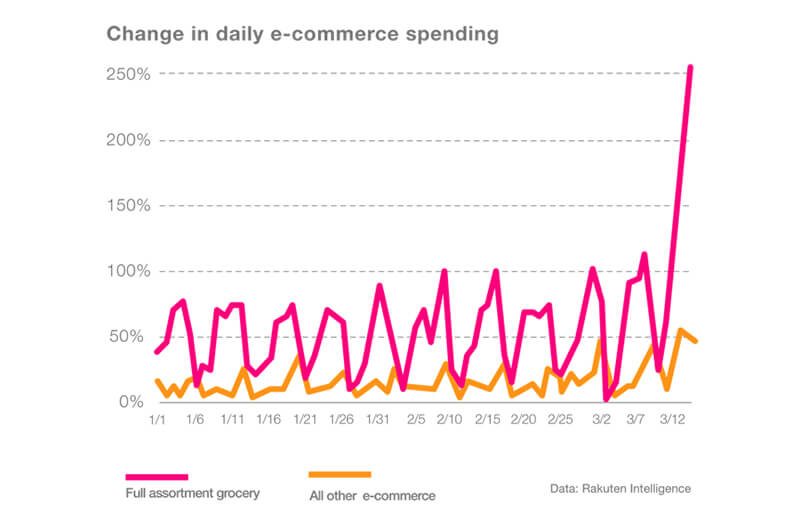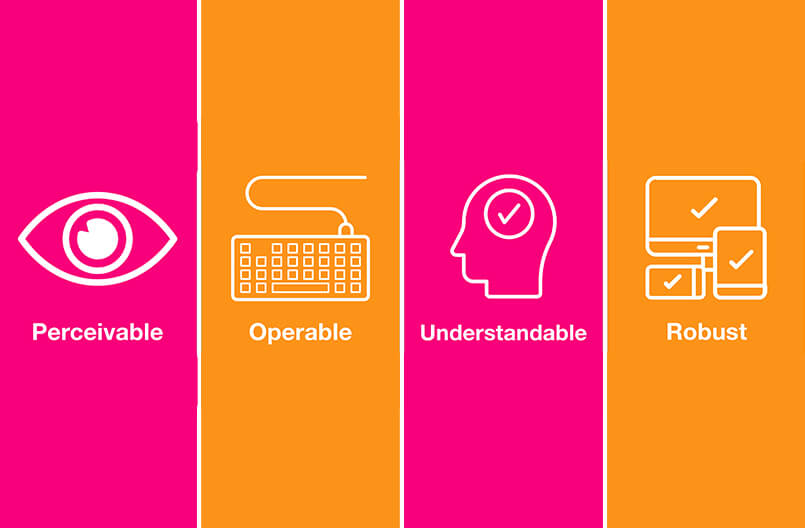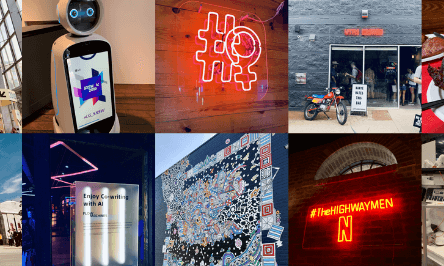Written by Saurav Kattel | Experience Designer at Periscope
COVID-19 is a global pandemic, and within its short span, it has become one of the defining events of 2020. I don't think it’s a stretch to say that it will have implications that will last for many years to come. One of the areas that we have already seen its effect is e-commerce.
How is COVID-19 affecting e-commerce?
As more cities and countries are going under lockdowns, people are generally avoiding public interaction, and we have seen enormous traffic on many e-commerce sites.
Even before the pandemic, we were seeing people shifting to digital shopping. Now as consumers are being asked to practice social distancing, e-commerce orders for essential products have become a tool for survival.
According to data from Rakuten Intelligence, online order volume increased sharply from March 12. Online retailers are seeing a 215% increase in online grocery sales.

This massive surge in online shopping raises a question about web accessibility.
What is web accessibility?
First, let's talk about what web accessibility is. When websites and web tools are properly designed and coded, people with disabilities can use them with ease. A website should be welcoming to as many groups of people as possible. Web accessibility encompasses all disabilities that affect access to the web, including auditory, cognitive, neurological, physical, speech and visual accessibility. What does this mean for e-commerce?
Accessible e-commerce.
Let's say you own a restaurant that is not accessible to people in wheelchairs. In this case, you are leaving a significant portion of your potential revenue on the table, and this applies to online shopping as well. According to data provided by Click-Away pound, 71% of consumers with disabilities will click away from your website if it’s too difficult to use. These "click-away" consumers accounted for 10% of U.K. shopping and total revenue of $16.5 billion in 2016 alone.
Having an accessible website doesn't only benefit people with disabilities — it also makes financial sense. Making your e-commerce website accessible also protects you from the risk of litigation based on violations of Americans with Disabilities Act. In the past few years, there have been thousands of lawsuits alleging ADA discrimination against websites including Domino's Pizza, Fox News Network and Nike, along with many others.
What makes a website accessible.
In order to have an accessible site, it should follow a well-defined metric for web accessibility. The most popular set of web accessibility standards is the Web Content Accessibility Guidelines (WCAG) 2.1. WCAG 2.1 can be divided into four general categories determining the degree to which content is perceivable, operable, understandable and robust. Each category has a different set of guidelines depending on the targeted level of WCAG conformance.

Perceivable: Information and user interface components must be presentable to users in ways they can perceive.
Example:
- Alt text: Providing alt text to allow visually impaired users the ability to hear descriptions of the content in the images and video on your site.
Operable: User interface components and navigation must be operable.
Examples:
- Keyboard: Users should be able to navigate and operate all content through a keyboard interface.
- Time-outs: There should be a clear indication of how much time users have before inactivity that might lead to data loss.
- Animation and interaction: Users must be able to turn off animations, slides and videos unless it's crucial to the website's functionality
Understandable: Information and the operation of the user interface must be understandable.
Example:
- Navigation: A form of navigation that is repeated on multiple web pages should appear in the same place and order, unless a change is initiated by the user.
Robust: Content must be compatible with a variety of “user agents”: browsers, assistive technologies and other means of accessing web content.
Example:
- Usability: Components such as forms should have their name and role both through UI and code so that assistive technology can recognize such forms making it easier for people with disabilities to enter those values.
The global e-commerce market is growing at an accelerated rate. For better or worse, the current pandemic has given it an even more significant boost. With the shifting expectation and evolving market, the needs of customers should always be the focus of every e-commerce experience. The importance of an accessible site has never been as crucial.








